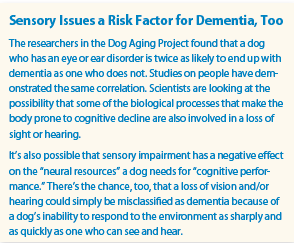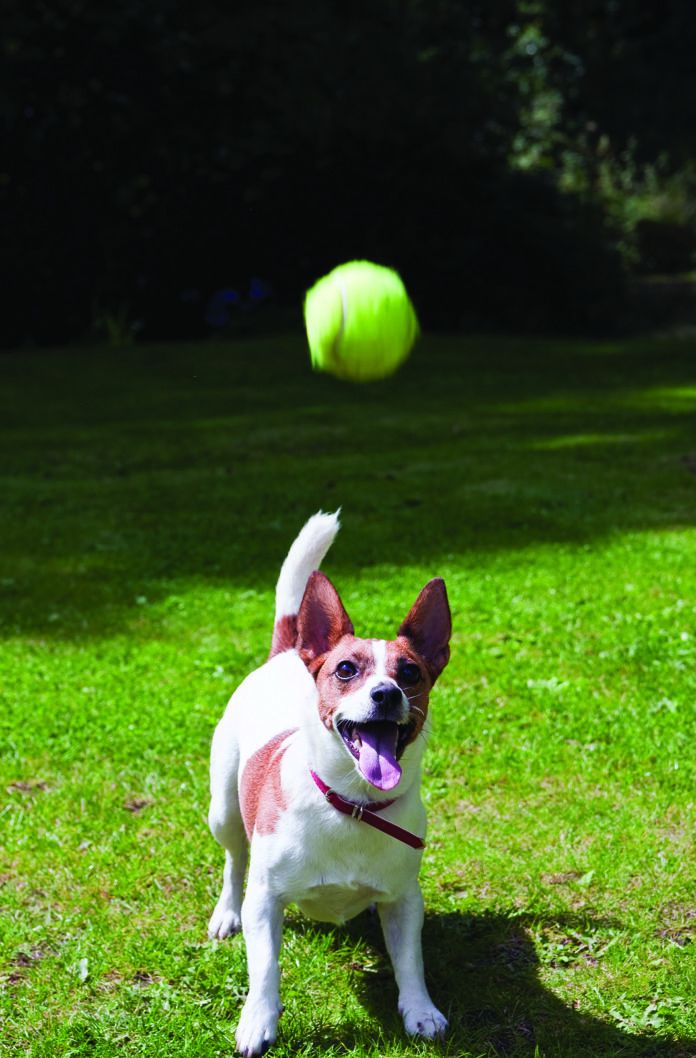An inactive dog is between six and seven times likelier to have dementia than a dog of the same age and breed who engages regularly in physical activity. So suggest the results of a study of more than 15,000 dogs participating in the Dog Aging Project, an initiative led by researchers at the University of Washington. The result parallels the findings in multiple studies of people that show a strong correlation between consistent exercise and protection of the brain’s capabilities.
 The researchers point out that it’s possible their findings might be a reflection of the fact that dogs become less active as they fall prey to dementia, but the study’s very large size supports the conclusion.
The researchers point out that it’s possible their findings might be a reflection of the fact that dogs become less active as they fall prey to dementia, but the study’s very large size supports the conclusion.
How exercise protects brain function
The investigators posit that perhaps daily physical activity reduces chemicals in the brain called pro-inflammatory cytokines. Those chemicals contribute to the damage and even the death of neurons — cells that allow the brain to properly pick up and process information. The scientists also speculate that regular exercise leads to an increase in what is known as neural plasticity — the ability of neurons to be flexible, rather than brittle, in their processing of signals.
Of course, it’s also possible that a more active dog is a dog who’s outside more and engaging his mind and senses more frequently than a dog who does little more than sit around and look at the four walls all day. That is, regular physical activity doubles as a way to keep a dog’s mind curious and engaged — one more reason to make sure your dog spends ample time out of the house each day. Remember, he can’t stimulate his mind indoors by reading, watching television, or talking with anyone on the phone or in a Zoom meeting.





